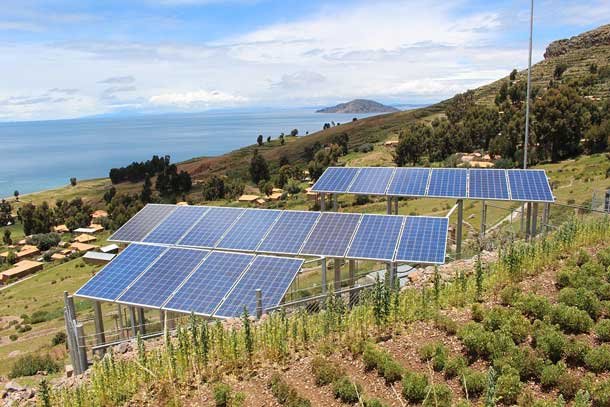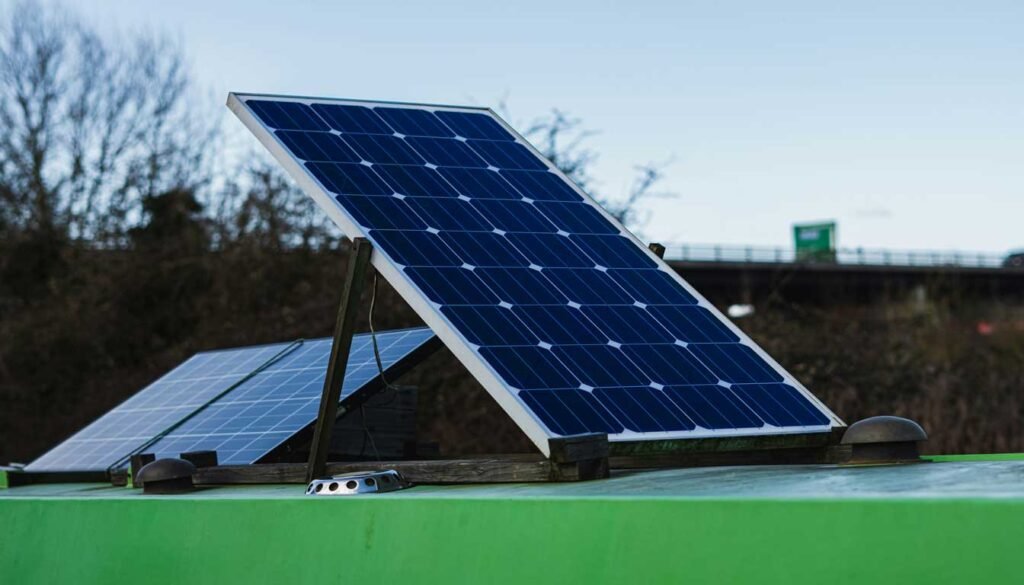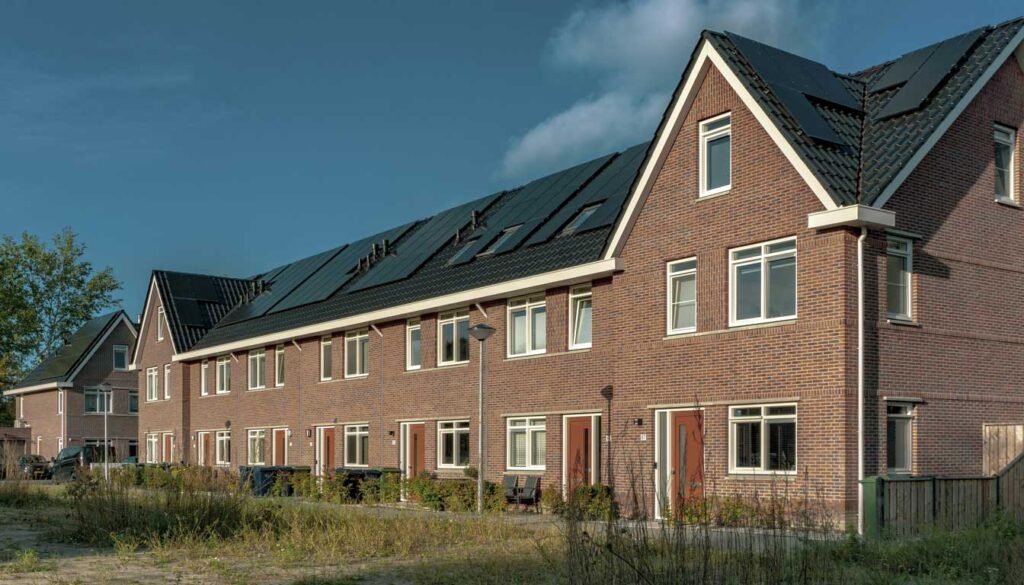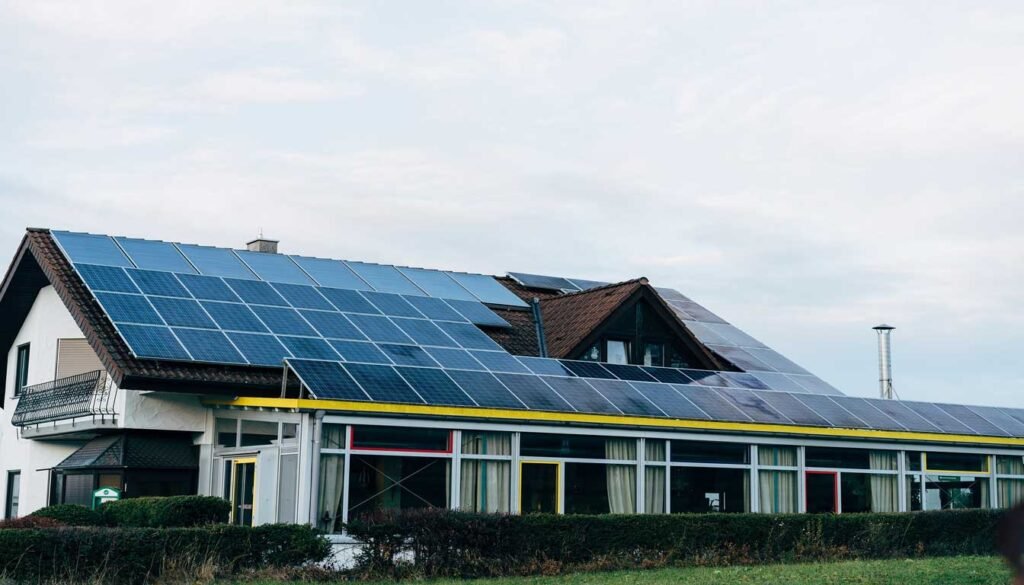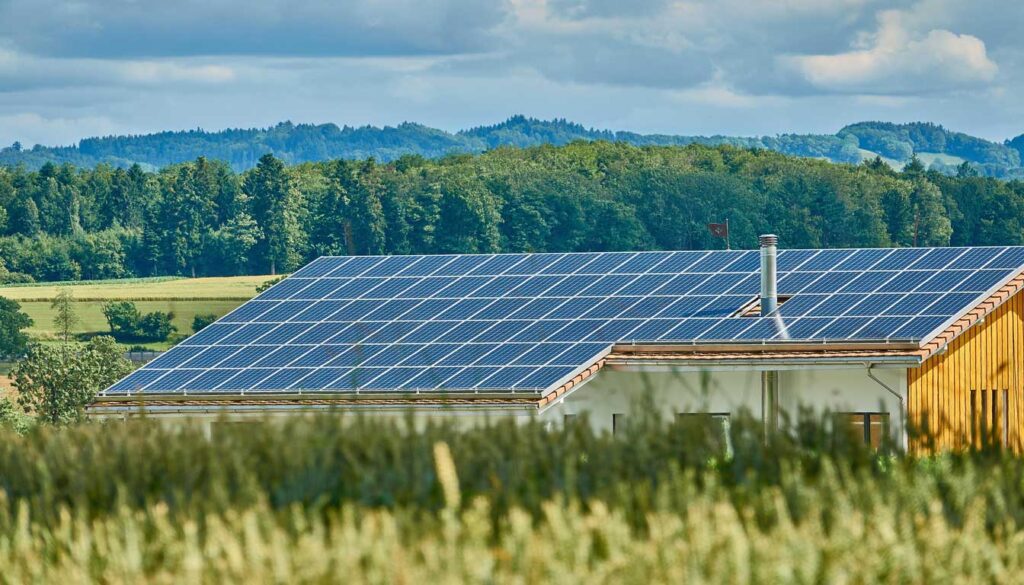No.4 Xiyuan Road, Xinqiao Town, Jiangyin City, Jiangsu Province,China. + 86 139 2124 2434 chaunkee@gtalu.com
- Solar PV Mounting Systems
- Fixed Racking System
- Adjustable Racking System
- Tracking System
- Bracket Accessories
- Architecture Aluminum Extrusions
- Standard Architecture Aluminum Extrusions
- Customized Architecture Aluminum Extrusions


